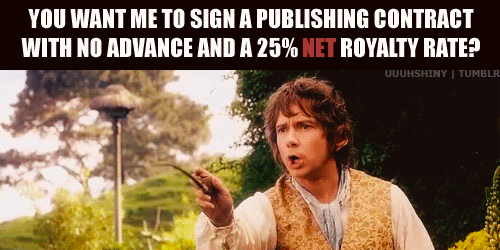- This is part of an on-going blog series called “Being a Professional Manga Artist in the West“. The Table of Contents is here.
- You can buy my “Queenie Chan: Short Stories 2000-2010” collection as a $4.99 ebook. Get it from Smashwords, Amazon, Apple iBooks, Nook.
Part 1: Introduction
When people email me asking ‘how do I get published as a manga artist,’ they expect me tell them which manga publisher to submit to. Usually I end up telling them that there are no more publishers in North America who publish western manga exclusively, and even all the publishers I’ve worked for since 2007 are imprints of major book publishers (not comic book publishers). So if I’m going to give advice, it’ll mostly be for book publishers in the bookstore market and not comic book publishers, since that’s my personal experience.
Before I start, I ought to tell you that selling comics in the bookstore market is a different game to selling comics in general. In the bookstore market, you’re part of the book-selling world, a multi-billion dollar industry that dwarfs the comic book market. For that reason, comics and manga are treated as categories in bookstores, rather than mediums (what they rightfully should be) or even genres.
If you’ve ever seen an artsy indie comic being shelved next to Pokemon in a bookstore, I’m sure you know what I mean. It’s an on-going problem that isn’t going to change any time soon (even if big chain bookstores disappear).
Another problem is that unlike prose fiction, manga and comics are rarely created in advance. Most prose fiction writers will finish a book and then mail it off to agents and publishers, but manga artists don’t have that luxury. The costs of producing a comic is so large compared to prose, that few people hoping to get published will attempt it without first getting a publisher’s backing. This is something that definitely makes getting a manga published harder than other kinds of books.
*****
Anyway, this section of posts intends to cover the entire production process of creating a book, starting from submitting to a publisher, signing a contract, being paid an advance, getting the book edited, having the book ordered, having it shipped, and having it either sold or returned at the end. It’ll also covers any royalties you earn (85% of books don’t earn out their advance, and hence the authors get no royalties), which usually comes after all this. NB. If your work contract is a lump sum of money upfront, then it’s a work-for-hire contract and you never earn any royalties after. You also retain no rights to your work.
Along the way, I’ll try and cover any pitfalls, and what to be mindful of. This is especially important in the contracts section, because contracts are what have undergone drastic changes in book publishing. People have always signed bad publishing contracts, but it only extended to the book they’re signing for, and not to any other work the author produces aside from that book. These days, contract terms may cover what the author can or cannot do outside their book(s) for the publishers, so BEWARE.
*****
Next Wednesday, I’ll be tackling the easy part. Submitting the story you’ve written to a publisher, and how to compile a submission for an original manga.


